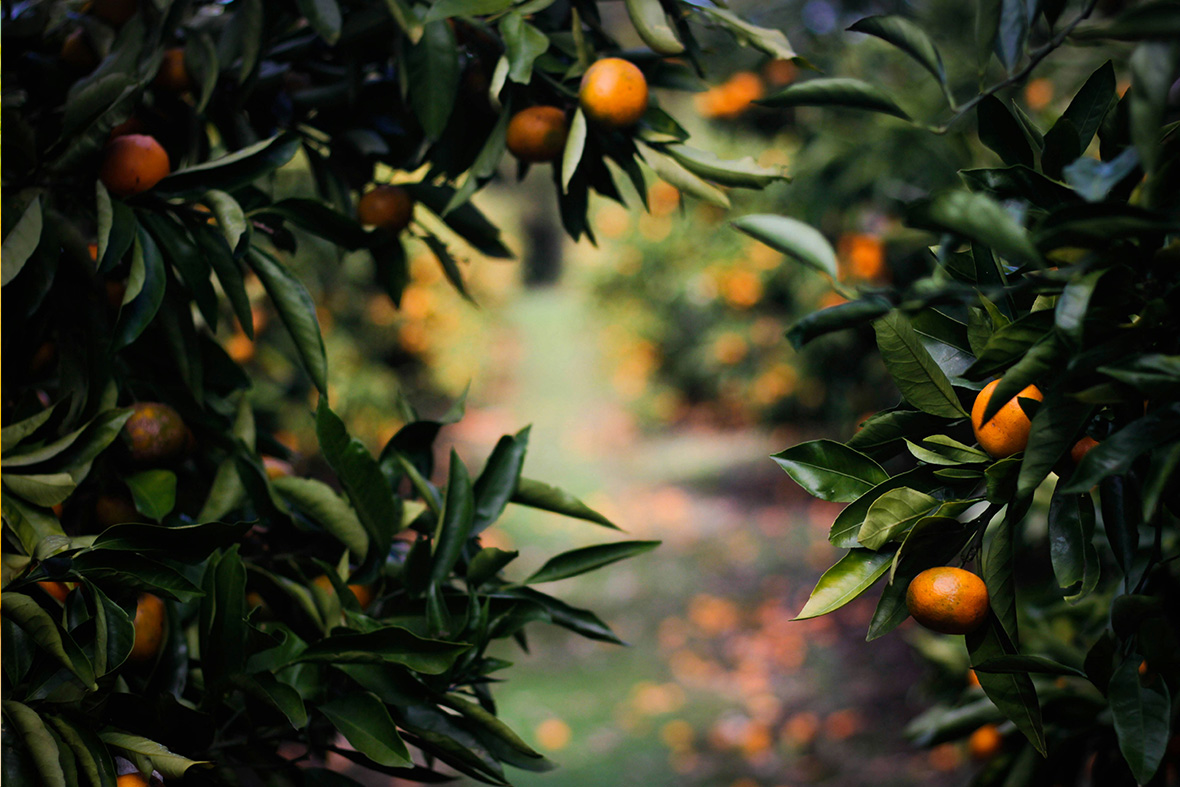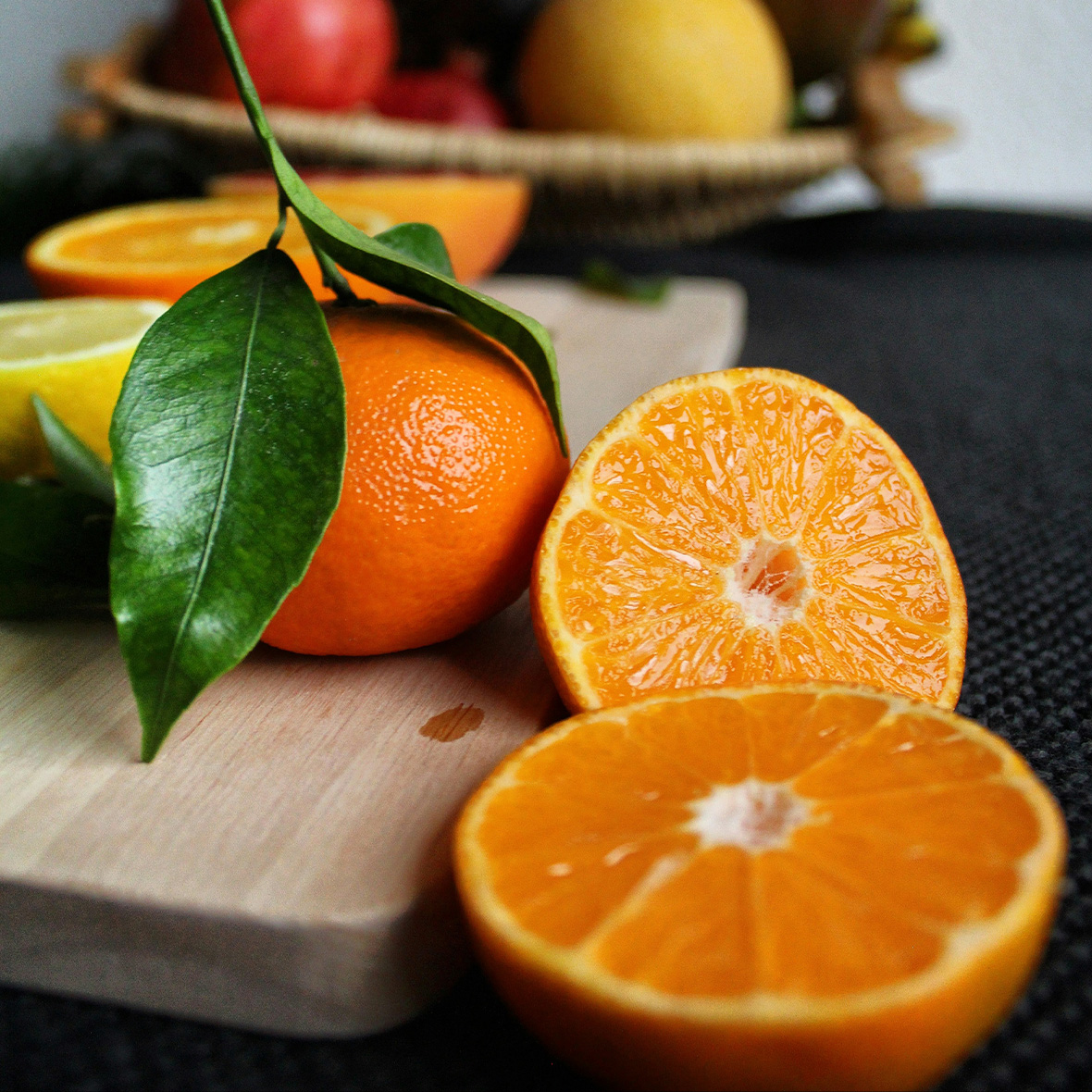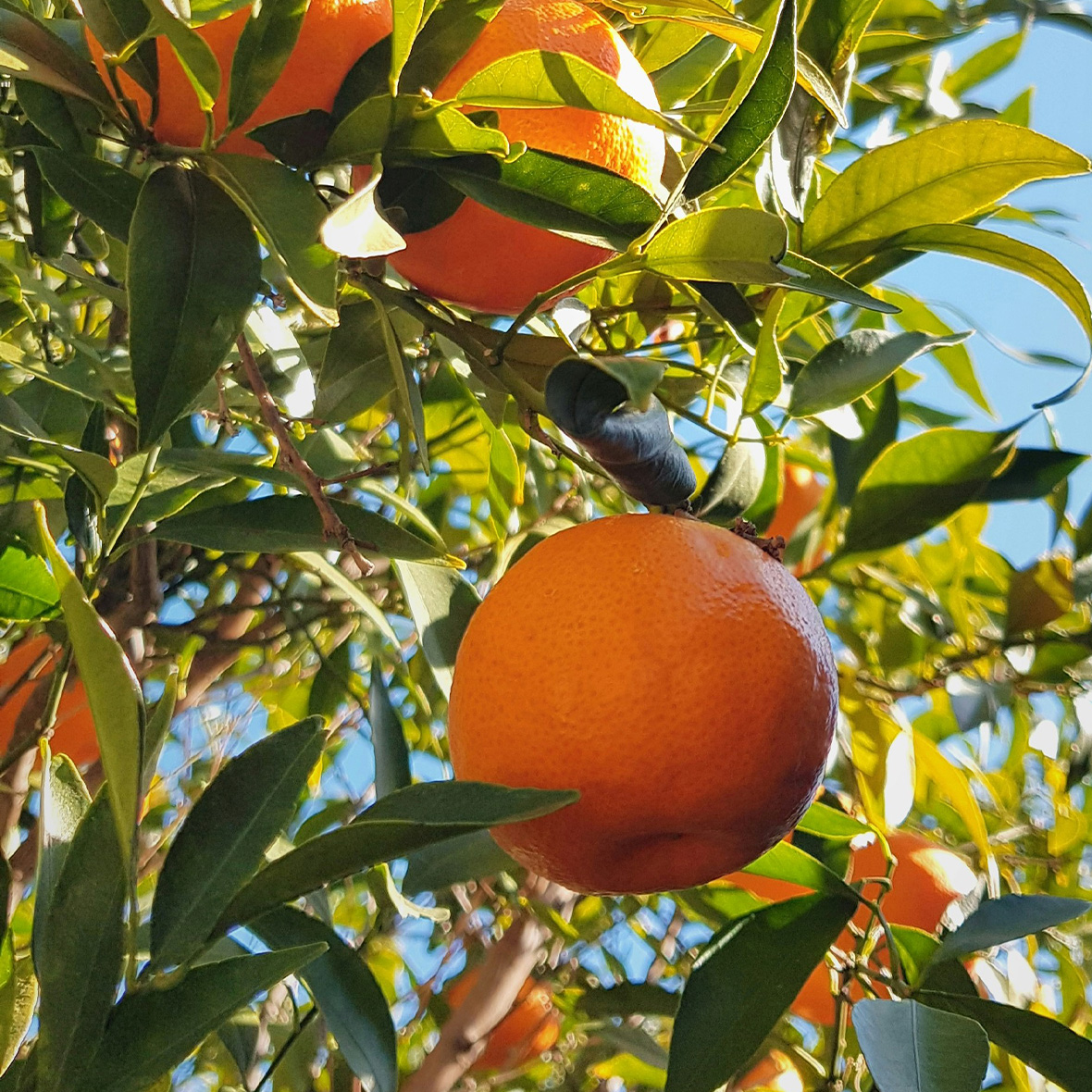Mandarins are very popular with families. They are easy to grow, very tasty, filled with goodness and are great in school lunch boxes due to the easy to peel nature of most varieties.
Popular Varieties
Miho – Easy fruiting and easy peeling. High sugar levels in fruit. Very popular export variety for New Zealand.
Silverhill – The earliest mandarin to ripen. Produces large crops of medium to large, easily peeled fruit. Fruit is sweet and juicy, and segments separate easily. Commences to ripen in June.
Miyagawa – A Satsuma strain variety. Easy peeling with no pips Required a warm situation. Fruits very early.
Richards Special – Becoming a popular large, sweet mandarin. Ripens from early mid-winter. Highly ornamental tree, weeping form, ideal for containers and has a bright green foliage.
Kiyomi – Produces good crops of large bright orange fruit with a pebbly-textured skin. Rich and spicy in flavour, good eaten fresh or for juice, easy to peel. Fruits July-August.
Clementine – Extremely popular and the best all round variety. Compact growth and very heavy crops of medium-sized, highly coloured fruit of excellent flavour. Ripens July, but fruit will hang on the trees for months.
Ask about the best variety for your situation.

Preparation and Planting
- Choose the variety best suited to your location and needs.
- Select a sunny position with well-drained soil and protection from cold winds and heavy frost. Note, do not plant your Mandarin close to an orange as they can cross pollinate which will impact the flavour and result in pips in your fruit.
- If you are short of sunny spots in the garden, grow citrus in pots that can be moved to take advantage of changing patterns of sunlight.
- Dig a hole twice the size that is needed and dig in a high-quality soil improver and some organic Citrus fertiliser.
- In heavy clay soils, it’s best to put some extra effort into preparation. Before planting, raise the level of the bed as much as possible, dig in gypsum and plenty of composted organic matter.
- Remove the new mandarin plant from the container and tease the roots to encourage root growth into the soil.
- Position the plant in the hole and backfill with the blend of soil/soil improver and gently firm down. Form a raised or doughnut shaped ring of soil around the outer edge of the plant’s root zone to keep water where it’s needed.
- Water in well after planting and keep the soil moist for several weeks while the new plant establishes.


Caring for your Mandarin
- Watering. A good regular supply of water is needed for reliable fruit production. Water your tree every 7 to 10 days during the summer.
- Fertilising. Mandarins are prolific producers of fruit and require generous applications of citrus food. It is best to fertilise your trees in late summer/early autumn and again in late winter/early spring. Ensure to follow the directions on the packet and water well before and after the application.
- Thinning excess fruit when they’re small will encourage larger fruit to develop.
- Pruning. Pruning your tree is important to ensure good healthy growth and an abundant harvest of fruit. Pruning is best completed in late winter/early spring after the main harvest. Prune for a good shaped tree and remove any weak or damaged branches.
- Pest Watch. There are a few pests and diseases that may affect mandarin trees. These include Scale, Leaf Miner, Stink Bugs and Sooty Mould. We highly recommend applying GroVentive Garden Two Way Systemic Insecticide and GroSafe FreeFlo Copper Fungicide. If you spot a problem, bring in a picture and we can advise on the best method of control.
Enjoy the convenience of growing fresh and tasty mandarins at home.

